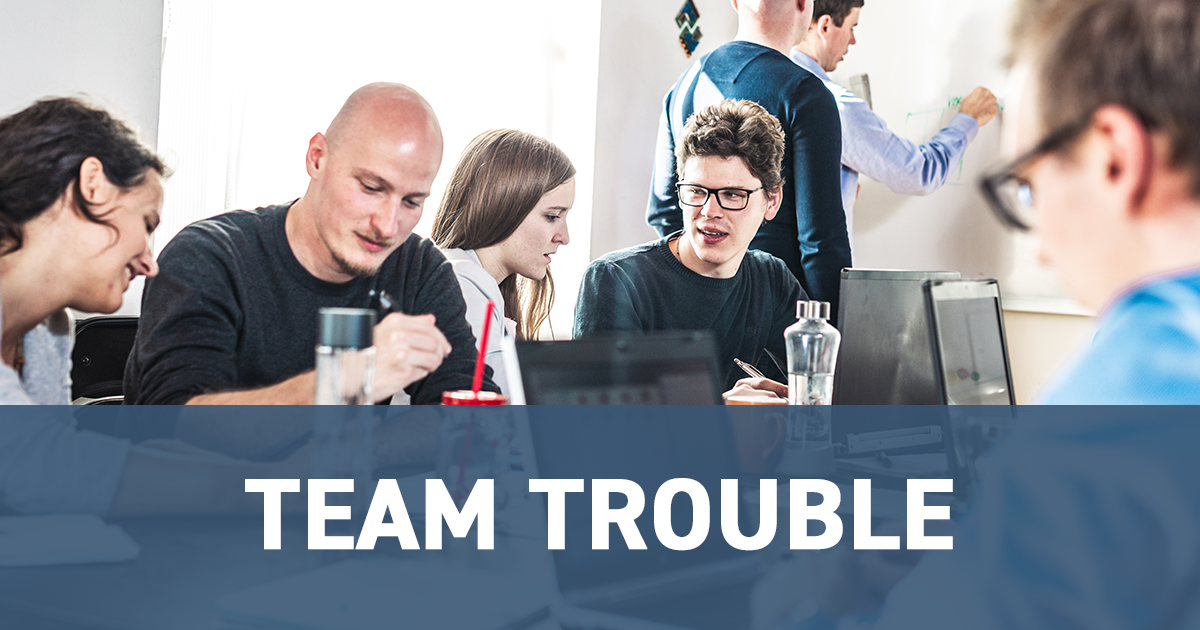Speak to an Expert
admin@eumediation.net
Posted on: May 27th, 2024

EU Mediation's case studies aim to explore the types of disputes that mediation can work well for, particularly within multinational organisations based across mainland Europe. They are all based on real-life cases that our mediators have carried out.
This second entry looks at a dispute between teams of colleagues in a medical research institute
Names and specific details have been changed for confidentiality and privacy purposes.
The Backstory
This dispute took place within a European medical research institute, and involved members of the diverse team of engineers, research scientists, and programmers.
Some problems had arisen at the interface between the various professionals. The engineers, who would provide practical backup to the scientists, said they were unable to do their job because of the slowness and 'obsessive attention to detail' of the programmers. The programmers saw the engineers as too ‘rough and ready’, in that they took insufficient care over what was ultimately provided to the researchers. The researchers were frustrated that, because of the poor communication between the engineers and programmers, that they were constantly waiting for the equipment, code, and other practical setups that they needed so that they could get on with their research.
Management had been involved over the years to look at process flow, to set realistic targets and timescales so that the work could get done, and to try and understand why people were interacting so negatively. It was clear that there was something of a ‘blame-game’ going on, with a lot of history involved. They sought EU Mediation's help to look at resolving the conflict that was getting in the way of the group’s smooth functioning.
The Mediation
Mediators met privately and individually with everyone involved. After getting a picture of what was happening, the mediators decided initially to get some key people together. It seemed that the conflict went back a long way and centred mostly around four more senior people: Marcus, Eleanor, Henryk, and Lisa. They were invited to come together for a live mediation session first.
In that session, it became clear that there were resentments going back a long way, with allegations of favouritism, people working to rule, micromanagement, and a whole range of factors that often come to the surface in the confidential setting of mediation. The conflict had also been perpetuated for a long time by people posting quite personally attacking memes and very derogatory content on social media: not only did this cause a lot of hurt, but there had also developed a very us-and-them culture, with each professional group blaming the other(s).
The group of four found that, with an impartial mediator helping them to future-focus, rather than to continually go over the past and to blame each other for the problems, they were able to make three or four key resolutions for how to communicate more openly and transparently. This included resolutions to stay off posting negative content on social media, and to try and engender a better sense of shared responsibility instead of just blaming each other whenever things went wrong.
The whole wider group was then convened for a second mediation session. Some of the more personal or sensitive content from the four-person initial session was kept private and not mentioned by the initial four, but they did share their resolutions from that first session. Within the wider group, there were inevitably some additional issues raised, in particular around how people felt they were over-scrutinised and were never trusted by the senior colleagues. The wider group also voiced their frustration at the behaviour of some colleagues, particularly in relation to Marcus and Lisa, and how they always seemed to rub each other up the wrong way. Some time was spent in the session addressing this, and also agreeing how best to avoid personal spats from affecting the work in the future.
Towards the end of the wider group meeting, another set of resolutions was written up, and all agreed to abide by them.
The Conclusion
At the six week follow-up, everyone was approached privately to find out how things were going. The feedback was universally positive: everyone felt that the air had been well and truly cleared, and that they not only had a clear way forwards, but also a sense of a safety net that they could use in case relationships ever deteriorated again.
Get in touch
If you have a similar issue within your organisation, or if you would like some advice on whether mediation would be suitable, please get in touch with our team on hello@eumediation.net. Alternatively, you can submit a contact form here.